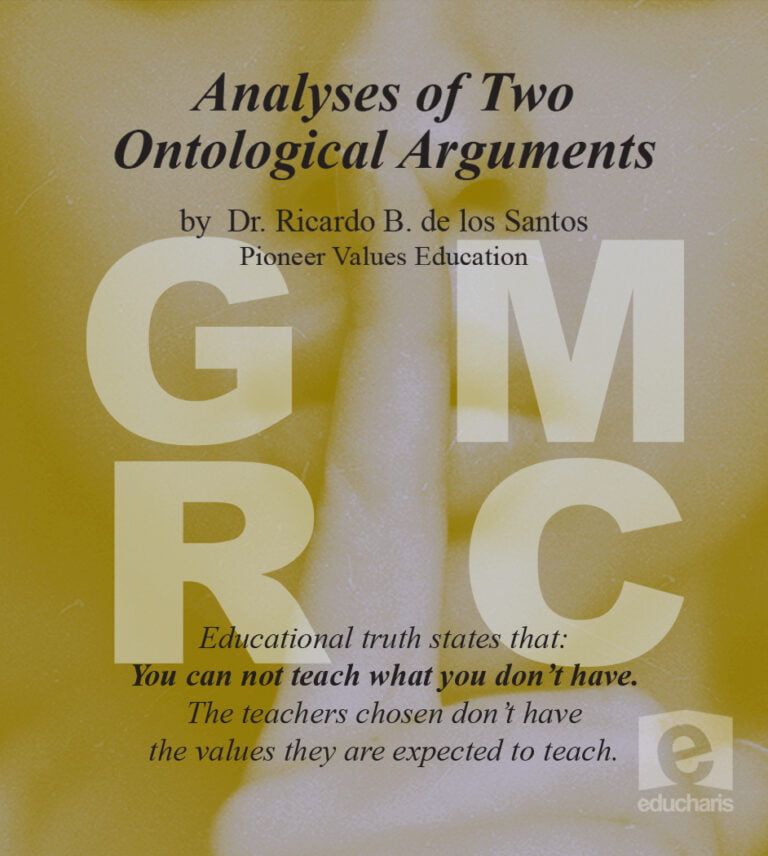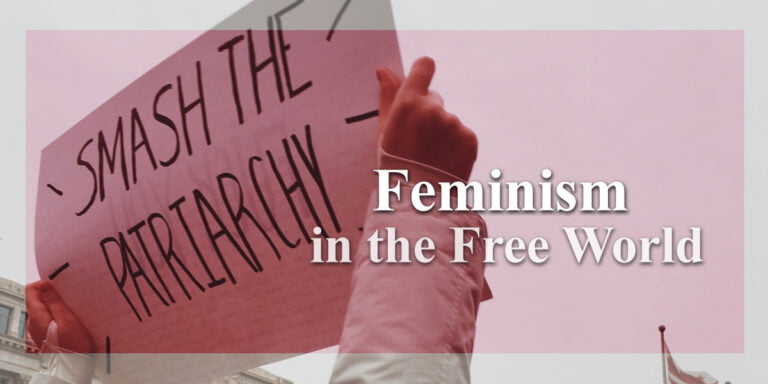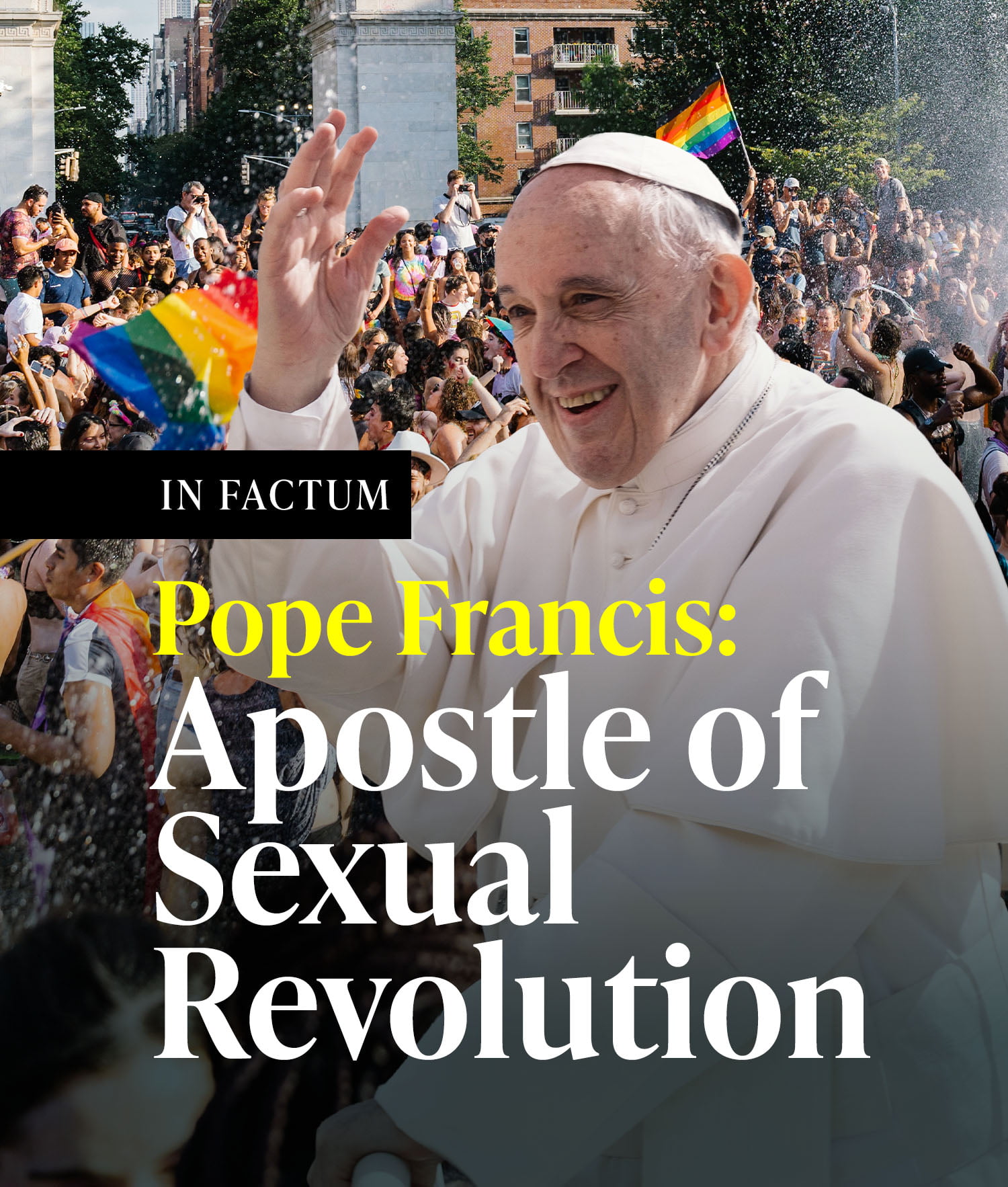When Archbishop Lefebvre established the Society of St. Pius X (where he used the name of Pope St. Pius X because of the Saint’s battle against the evil of Modernism) following the promulgation of Pope Paul VI’s Mass, also known as the Novus Ordo Mass, it caused controversy in the Catholic Church but provided hope for those who still adhere to the Catholic Tradition. When Pope John Paul II declared Archbishop Lefebvre and his newly consecrated bishop to be schismatic, they were automatically excommunicated (but not the whole SSPX).
Following Vatican II, we are now witnessing changes in our church. Perhaps some of us, including Millenials and Gen-Z, are unaware that our Holy Mass has become more like a protestant service since Pope Paul VI instituted the Novus Ordo Mass, in which the priest now faces the people, the language has become vernacular, and Gregorian Chant has been replaced by modern music. Liturgical dances and applause are now included in the Holy Mass, and some parishes have their own version of the Mass, which Pope St. Pius V fixed when he promulgated the Tridentine Mass to unite the Church. The Church is now open to other religions, with the Pope and Cardinals visiting different religions, participating in their rituals, and praying to their gods, which violates God's first commandment.
Following Pope St. Pius V's reformation in 1570, which is focused on Sacred Tradition, including the Holy Mass, the truth, and strengthening Catholic faith, there are no reforms in the following centuries. When modernism gradually infiltrated the church, causing some changes such as the Holy Mass, Pope St. Pius X fought the evil of modernism and restored everything to Christ. When St. Pius X died, modernists in the Catholic Church seized the opportunity to present their ideas to the Church, but they were unable to do so because the subsequent Popes also denied modernism. Then, in 1962, Pope John XXIII convened the Vatican II Council, which focuses on Modernism, the Liturgical Movement, and Ecumenism - a reunion with other Christian denominations such as the Protestants.
The Catholic Church has remained faithful to Sacred Scripture and Holy Tradition over the past centuries. In the 1500s, the Protestant Reformation occurred, and the Council of Trent was created in response. This council made a strong counter-reformation, which was strengthened by Pope Pius V by making the church more disciplined and uniting it by promulgating the Tridentine Mass. Then, over the course of the twentieth century, many things changed and the modern era arrived. That is where modernism comes into play.
After the Ascension of our Lord into Heaven and the Descent of the Holy Spirit upon our Lady and the Apostles, the Church has faced numerous challenges, including persecutions from the Jews, the Roman Empire and other pagan nations. The demon used it to destroy the Church from the outside. Yet he also attempted to destroy the Church from within. There have been prior attempts to wreak havoc on the Church. Including critiques of corruption by a Catholic priest named John Wycliffe. But it was until 1517, when Martin Luther, an Augustinian Friar who wrote his ninety-five theses protesting against the sale of indulgences, became the wick of the Protestant Reformation.
























